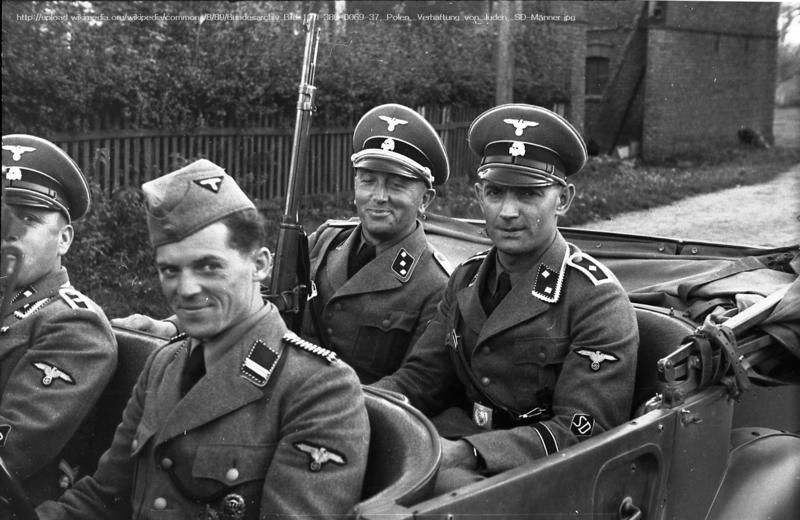아우슈비츠 강제 수용소
- 한국어
- English
아우슈비츠 강제 수용소는 홀로코스트 수용소 중 가장 잘 알려진 곳입니다. 이 곳은 나치의 유대인 감금과 살인의 상징으로 여겨지는 곳입니다. 나치는 1933년부터 1945년까지 대략 2만여 곳에 강제 수용소를 건설했으며, 나치가 1939년에 폴란드를 침공했을 때 수용자들을 노동력으로 활용하기 위해 폴란드 점령지들에 수용소를 짓기 시작했습니다. 노동 수용소로 지어진 아우슈비츠는 수백만 명의 유대인을 수용했으며 심지어 유대인이 아닌 폴란드인과 소련사람들까지도 수용했습니다. 끔찍한 노동 환경 아래에서 많은 이들이 과로와 일사병으로 죽어나갔습니다.
독일은 1941년 9월부터 아우슈비츠의 수감자들에 대한 대량 학살을 시작했습니다. 나치는 육체노동을 할 수 없는 노인, 여성, 어린이들을 학살하기 위해 유독 가스로 가득 찬 가스실을 사용했습니다. 가스실은 샤워실과 유사한 구조로 만들어졌습니다. 나치는 희생자들에게 가스실로 들어가도록 명령하고 샤워를 할 것이라는 구실로 옷을 벗으라고 지시한 다음 치명적인 가스인 치클론 B을 살포해 방 안을 가득 채웠습니다. 이런 방식으로 매일 약 2000명의 유대인들이 살해되었으며, 그 시신은 용광로에 화장되었습니다. 나치가 유대인의 머리카락을 이용하여 담요와 카펫을 만들었다는 역사적 증거는 그들의 극도적인 잔인성을 분명히 보여줍니다. 화장 후 용광로에 남은 머리카락의 무게만 7톤을 넘었습니다. 몇몇 유대인들은 강제 노동 혹은 대량 학살이 아닌 인체 실험으로 목숨을 잃기도 했습니다.
나치 수용소에 수감되어 하루 하루를 보내던 수용자들은 소련의 붉은 군대가 폴란드를 점령했을 때가 되어서야 해방되었습니다. 아우슈비츠 수용소 해방 60주년에 공개된 문서에 의하면 수백만 명의 유대인이 목숨을 잃었다고 합니다. 또한 아우슈비츠에 수용된 15만 명이 넘는 비(非)유대인들 중 절반 이상이 목숨을 잃었다고 합니다.
참고 자료
Rosenberg, J. Auschwitz Concentration and Death Camp. In About.com. Retrieved from http://history1900s.about.com/od/holocaust/a/auschwitz.htm
United States Holocaust Memorial Museum. (2013, June 10). Nazi Camps. In Holocaust Encyclopedia. Retrieved from http://www.ushmm.org/wlc/en/article.php?ModuleId=10005144






